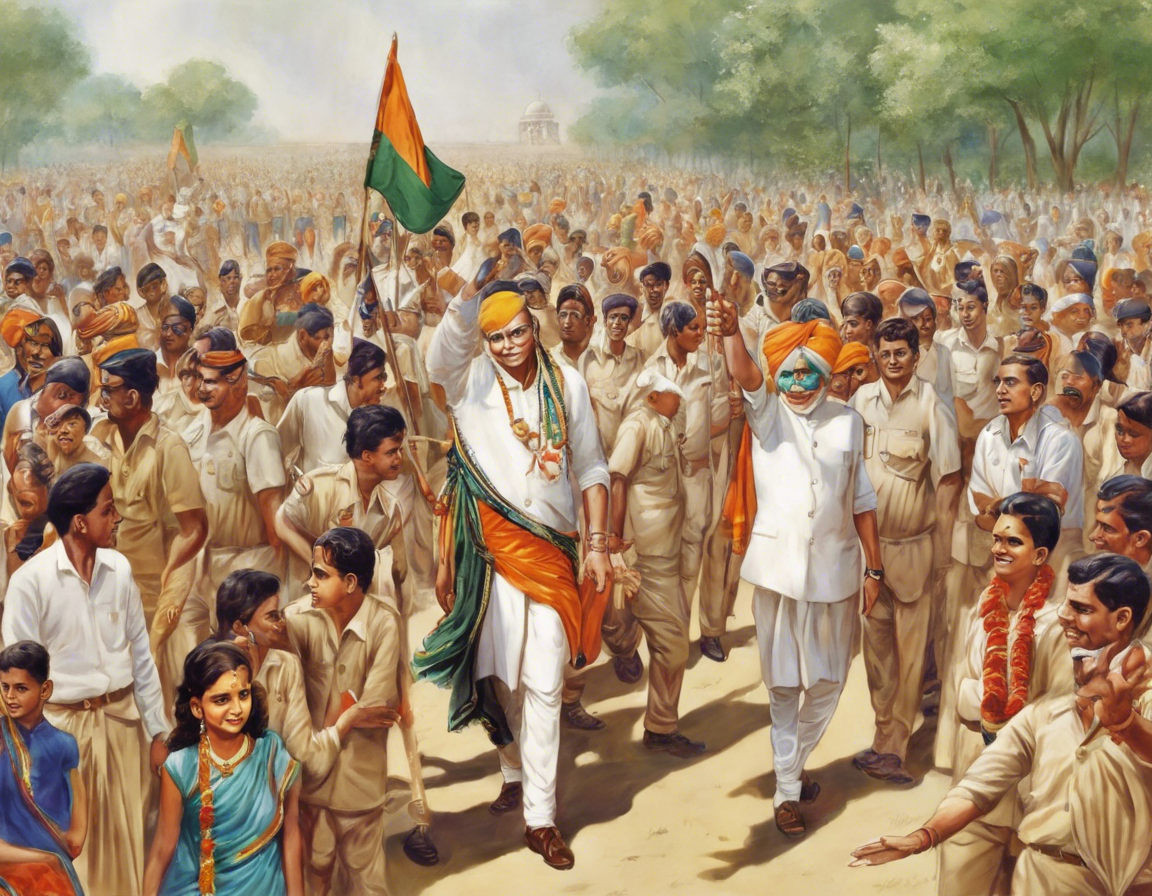Introduction
India, known as Bharat in Hindi, is a diverse and culturally rich country located in South Asia. With a population of over 1.3 billion people, India is the seventh-largest country in the world by land area. One of the unique aspects of India is its federal structure, consisting of states and union territories. In this comprehensive guide, we will delve into the question, “Bharat me kitne rajya hai?” or “How many states are there in India?”.
History of States in India
India’s journey from a colony under British rule to an independent nation in 1947 led to the restructuring of its administrative units. The States Reorganisation Act of 1956 was a significant milestone in the redrawing of state boundaries based on linguistic and cultural factors. This act led to the formation of states on linguistic lines, ensuring better governance and administration based on common identity and culture.
Bharat Me Kitne Rajya Hai?
As of 2021, there are 28 states and 8 union territories in India. The states have their own elected governments, headed by a Chief Minister, while the union territories are governed by administrators appointed by the President of India. Let’s explore the states and union territories of India in detail:
States of India
- Uttar Pradesh – The most populous state in India.
- Maharashtra – Home to the financial capital, Mumbai.
- Bihar – Known for its rich history and cultural heritage.
- West Bengal – Famous for its art, literature, and cuisine.
- Madhya Pradesh – Known for its wildlife sanctuaries and historical sites.
- Tamil Nadu – Renowned for classical dance, music, and temples.
- Rajasthan – Land of palaces, forts, and deserts.
- Karnataka – Hub of technology and the IT industry in India.
- Gujarat – Birthplace of Mahatma Gandhi and known for its vibrant culture.
- Andhra Pradesh – Famous for its rich tradition of arts and crafts.
- Odisha – Land of ancient temples and traditional dance forms.
- Telangana – Youngest state in India, formed in 2014.
- Kerala – Known for its backwaters, beaches, and Ayurvedic treatments.
- Jharkhand – Rich in minerals and natural resources.
- Assam – Tea-producing state with diverse wildlife.
- Punjab – Land of the Golden Temple and vibrant Punjabi culture.
- Haryana – Industrial and agricultural hub of northern India.
- Chhattisgarh – Abundant in natural resources like coal and iron ore.
- Uttarakhand – Known for its scenic beauty and pilgrimage sites.
- Himachal Pradesh – Popular for hill stations like Shimla and Manali.
- Tripura – One of the seven sister states in Northeast India.
- Meghalaya – Home to the wettest place on earth, Cherrapunji.
- Manipur – Known for its classical dance form, Manipuri.
- Nagaland – Land of festivals and tribal heritage.
- Goa – Smallest state in India known for its beaches and nightlife.
- Arunachal Pradesh – The land of the rising sun.
- Mizoram – Known for its lush greenery and scenic beauty.
- Sikkim – Only organic farming state in India, famous for its monasteries.
Union Territories of India
- Andaman and Nicobar Islands – Known for pristine beaches and marine life.
- Chandigarh – Union Territory serving as the capital of Haryana and Punjab.
- Dadra and Nagar Haveli and Daman and Diu – Union Territory formed by the merger of two former territories.
- Lakshadweep – Archipelago known for its coral reefs and clear waters.
- Delhi – National Capital Territory housing the capital, New Delhi.
- Puducherry – Former French colonial territory with a unique blend of cultures.
- Ladakh – Recently declared Union Territory, known for its breathtaking landscapes.
- Jammu and Kashmir – Union Territory formed after the abrogation of Article 370.
Frequently Asked Questions (FAQs)
1. How many total administrative divisions are there in India?
India has a total of 36 administrative divisions, comprising 28 states and 8 union territories.
2. Which state has the largest area in India?
Rajasthan is the largest state in India by area, covering around 342,239 square kilometers.
3. Which union territory is the least populated in India?
Lakshadweep is the least populated union territory in India, with a population of around 65,000 people.
4. How many states were there in India before the States Reorganisation Act of 1956?
Before the States Reorganisation Act of 1956, there were 14 states in India.
5. Which state has the highest literacy rate in India?
According to the 2011 Census, Kerala has the highest literacy rate among all states in India.
6. Which union territory serves as the de facto capital of India?
Delhi serves as the de facto capital of India, housing the Parliament, Supreme Court, and the official residence of the President and Prime Minister.
7. How is the formation of new states in India regulated?
The formation of new states in India is governed by Article 3 and Article 4 of the Indian Constitution, requiring a specific procedure and approval by the Parliament.
8. Which state is known as the “Land of Five Rivers” in India?
Punjab is often referred to as the “Land of Five Rivers” due to the five major rivers flowing through the region.
9. Which union territory is famous for its French heritage in India?
Puducherry is known for its French colonial heritage, reflected in its architecture, cuisine, and culture.
10. How many union territories have their own elected legislatures in India?
As of now, only Delhi and Puducherry among the union territories have their own elected legislatures.
Conclusion
India’s diverse and colorful tapestry is reflected in its different states and union territories, each with its own unique culture, history, and significance. From the snow-capped mountains of Himachal Pradesh to the bustling streets of Maharashtra, each state and union territory adds a layer to India’s rich heritage. Understanding the distribution of states and union territories in India is crucial for grasping the country’s federal structure and administrative organization.
